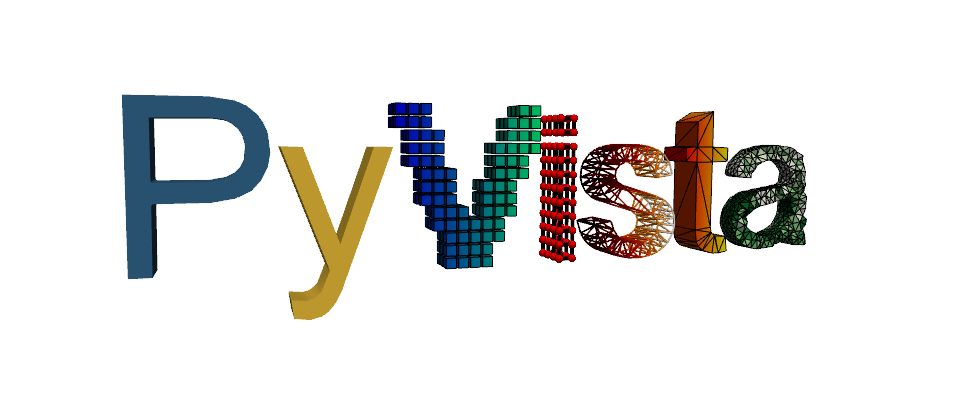pymeshfix.PyTMesh#
- class pymeshfix.PyTMesh#
Cython class to interface with C++ Basic_TMesh object
MeshFix V2.0 - by Marco Attene If MeshFix is used for research purposes, please cite the following paper:
M. Attene. A lightweight approach to repairing digitized polygon meshes. The Visual Computer, 2010. (c) Springer.
Examples
Create an instance of TMesh.
>>> from pymeshfix import _meshfix >>> tin = _meshfix.PyTMesh()
Load a file.
>>> tin.load_file(infile)
Load from arrays.
>>> tin.load_array(v, f)
Attempt to join nearby components.
>>> tin.join_closest_components()
Fill holes.
>>> tin.fill_small_boundaries() >>> print('There are {:d} boundaries'.format(tin.boundaries())
Clean and remove self intersections.
>>> tin.clean(max_iters=10, inner_loops=3)
Check mesh for holes again.
>>> print('There are {:d} boundaries'.format(tin.boundaries())
Output mesh.
>>> tin.save_file(outfile)
return numpy arrays
>>> vclean, fclean = tin.return_arrays()
Methods
Get the number of boundary loops of the triangle mesh
PyTMesh.clean([max_iters, inner_loops])Remove self-intersections and degenerate faces.
PyTMesh.fill_small_boundaries([nbe, refine])Fill small boundaries.
Attempt to join nearby open components.
PyTMesh.load_array(v, f)Load points from numpy vertices and faces arrays.
PyTMesh.load_file(filename)Loads mesh from file
Remove smallest components
Return vertex and face arrays of the mesh.
PyTMesh.save_file(filename[, back_approx])Save cleaned mesh to file
Selects all intersecting triangles.
Attributes
Number of points in the mesh
